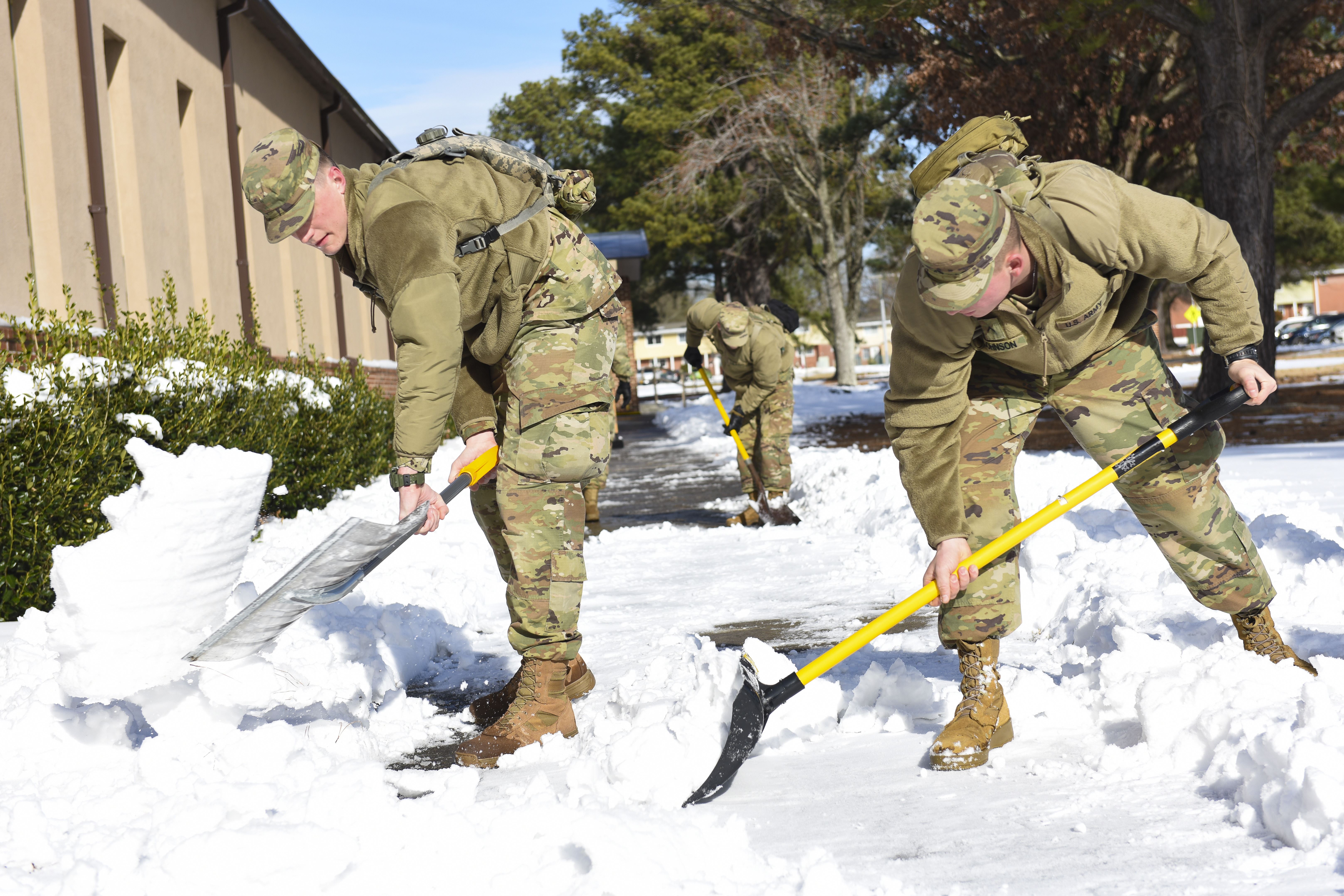Winter Storm Unleashes Record-Breaking Snowfall, Paralysing the South and Threatening the Carolinas
Unprecedented Accumulation
A relentless winter storm has battered the southern United States, dumping record-breaking snowfall on New Orleans and spreading chaos across Florida and the Carolinas. New Orleans, unaccustomed to such extreme winter weather, has seen over 2 feet of snow, the heaviest snowfall in 120 years.
Nationwide, the storm has resulted in hundreds of flight cancellations, power outages, and hazardous road conditions. As of February 14, 2023, over 200,000 homes and businesses remained without power in Louisiana, Alabama, and Mississippi.
Impact on New Orleans
New Orleans has been particularly hard-hit by the storm. The city's infrastructure, not designed to handle heavy snow, struggled to cope with the unprecedented snowfall. Emergency services faced challenges in reaching stranded residents, and roadways remained impassable for days.
The storm has also had a significant impact on the city's economy. Businesses have been forced to close, tourism has plummeted, and many residents have been unable to work. The long-term economic consequences are still being assessed.
Florida and the Carolinas on Alert
As the storm moves eastward, it is bringing heavy snow, ice, and rain to Florida and the Carolinas. Winter storm warnings and advisories are in effect for much of the region, and residents are urged to take precautions against hazardous weather conditions.
The National Weather Service is forecasting significant ice accumulations in Florida, particularly in the northern part of the state. This could result in downed power lines, property damage, and difficult travel conditions. The Carolinas are also expecting heavy snow, with accumulations of up to 12 inches in some areas.
Critical Analysis
Environmental Factors
The extreme winter storm is a stark reminder of the changing climate. While winter storms are not uncommon in the southern United States, their intensity and frequency have increased in recent years. Scientists attribute this trend to global warming, which is causing the jet stream to become more unstable.
Infrastructure Vulnerabilities
The storm has also exposed vulnerabilities in southern infrastructure. Cities like New Orleans, not accustomed to heavy snowfall, have struggled to clear roads and provide essential services to residents. This highlights the need for investing in infrastructure that is resilient to extreme weather events.
Social and Economic Impacts
The storm has had a significant social and economic impact on the affected areas. Stranded residents have faced challenges accessing food, water, and healthcare. Businesses have been forced to close, resulting in lost income and productivity. The long-term economic consequences of the storm are still being assessed.
Conclusion
Implications and Solutions
The record-breaking winter storm that has paralysed the South and threatens the Carolinas is a wake-up call. It underscores the urgent need to address climate change, invest in resilient infrastructure, and prepare for the increasing frequency and intensity of extreme weather events.
To mitigate the impacts of future storms, several steps can be taken:
- Investing in renewable energy and reducing greenhouse gas emissions to combat climate change.
- Upgrading infrastructure to withstand extreme weather events, such as reinforcing power grids and improving drainage systems.
- Developing comprehensive emergency plans and ensuring that communities have access to essential services during and after storms.
- Educating the public about the risks of extreme weather and promoting preparedness measures.
By taking these steps, we can build more resilient communities that are better prepared to withstand the challenges of a changing climate.
Read also:
Gameday Thread: Nets Vs. Blazers (First Half)
Memphis Grizzlies Battle Houston Rockets For Gridiron Supremacy
Purdy's Perfect Pass To Pearsall: A Rookie's Triumph In The Gridiron

